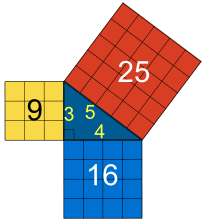This post is the same for December 19-21
The lesson began with a simulation letter from the Hershey's Company. Our math classes have been "requested" to assist with a distribution issue.
 |
| Check your email for a better copy. |
The lab sheet that students were given with instructions:
 |
| Select the link below for a better copy. |
By Wednesday, students will need to complete the following:
1. Complete lab sheet with kisses count, percents, and degrees.
2. Create a hand made circle (pie) graph that is neatly labeled, accurate, and decorated for the season.
3. Write a letter to Hershey to advise the company of their next steps. At the bottom of the letter, include your created pie graph from Google Sheets that is labeled and color coordinated. Submit to Mrs. Warren via form.
HOMEWORK: Monday Night -- None, but be ready to work in class on Tuesday and Wednesday.
Tuesday Night -- Nothing new, but be ready to work and finish your Hershey's Lab in class on Wednesday.
Wednesday Night -- Nothing, except if you did not finish your Hershey’s Lab in class on Wednesday. It is due before advisory on THURSDAY.















































